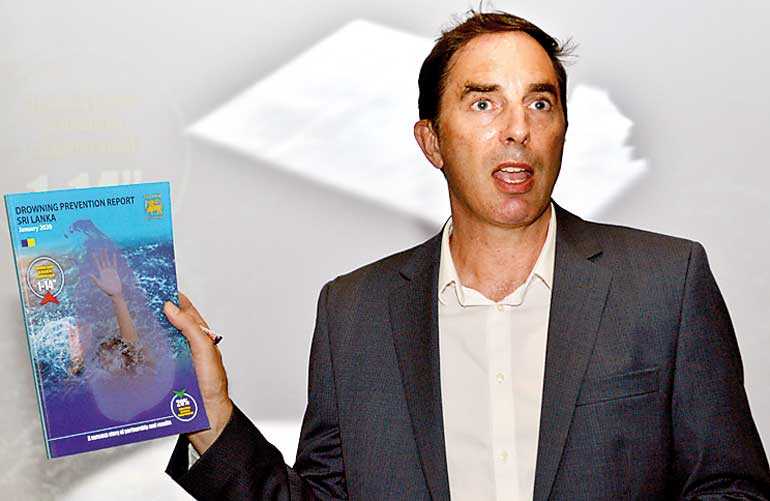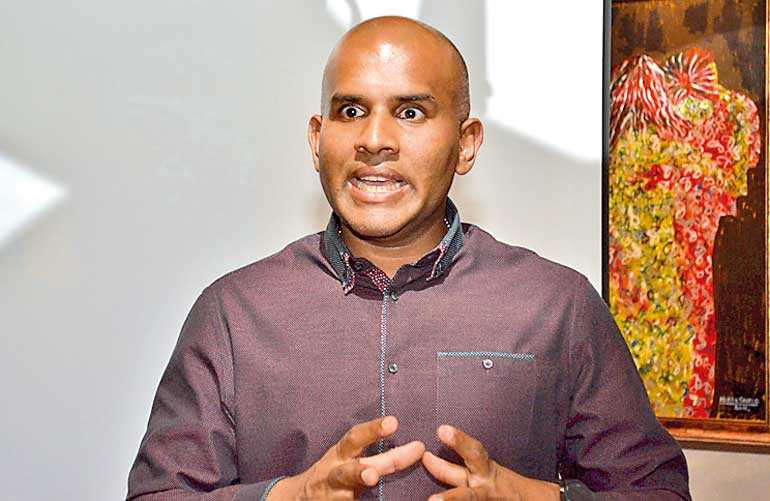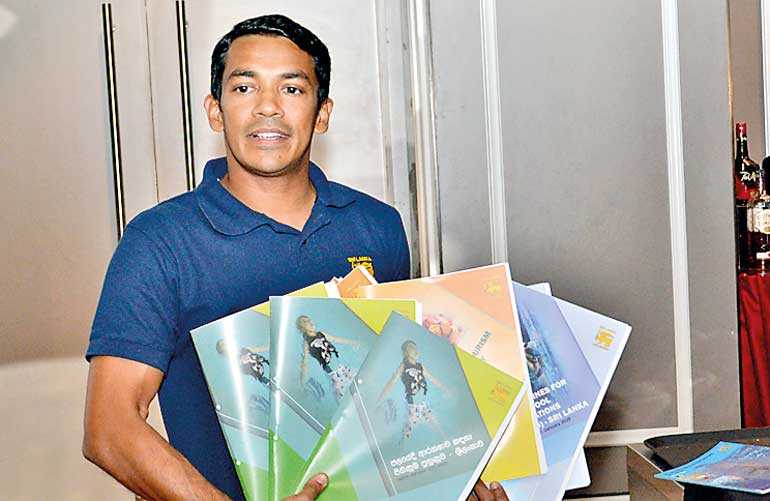Monday Dec 22, 2025
Monday Dec 22, 2025
Tuesday, 7 January 2020 00:20 - - {{hitsCtrl.values.hits}}

Acting Deputy High Commissioner of Australia to Sri Lanka Thomas Davis

Life Saving Victoria Australia Chief Operating Officer Mevan Jayawardena

Sri Lanka Life Saving President Asanka Nanayakkara
By Shailendree Wickrama Adittiya
There has been a 20% reduction in the drowning rate in Sri Lanka in comparison to the 2005-2007 average, the Sri Lanka Drowning Report 2020, launched yesterday, said.
According to the report, an average of 755 drowning deaths are reported each year in Sri Lanka and males are 3.5 times more likely to drown. Data also indicates that drowning is the leading cause of death in children aged one to 14 in the country.
The Sri Lanka Drowning Report 2020 also states that canals are a top drowning location, with 22% of drowning deaths in the period of 2016 to 2018 occurring in a canal. During this period, 21% of drowning deaths occurred in the sea, 18% in wells, and 9% in rivers.
The report, compiled by Life Saving Victoria Principal Research Associate Dr. Bernadette Matthews, Manager Rhiannon Birch, and Chief Operating Officer Mevan Jayawardena and Sri Lanka Life Saving President Asanka Nanayakkara and former President and Adviser Sanath Wijayaratne, is based on data recorded between 2010 and 2018.
At the launch of the report, Acting Deputy High Commissioner of Australia to Sri Lanka Dr. Tom Davis spoke about the importance of beaches and tourism to both Australia and Sri Lanka and the need to ensure the safety of tourists as well as locals at these beaches.
“For me, this is why it is so wonderful that Life Saving Victoria and the Life Saving Association of Sri Lanka have built such a wonderful relationship over the past eight years and this report is one product of that relationship,” he added. While this is the second report of its kind, the first was published in 2014.
Dr. Davis went on to say: “What we have seen in the past eight years of this relationship are a significant number of people going back and forth between Sri Lanka and Australia to develop lifesaving institutes and approaches towards the systems and guidelines you must have in place in order to have a successful lifesaving operation.”
Mevan Jayawardena, Asanka Nanayakkara, and Sanath Wijayaratne interpreted the data in the report, drawing comparisons and highlighting key findings. According to them, it was worth noting that in the period from 2004 to 2014, drowning and submersion was a leading cause of accidental injury deaths in Sri Lanka, ranking higher than transport accidents and falls.
However, they also said that despite a decrease of drowning deaths in comparison to the 2005-2007 average, heavy rains and floods were resulting in a higher number of lifesaving operations.
In 2018 and 2019, lifesaving activity in the country includes 2,364 active lifeguards and 235 lifesaving patrol points. While the Sri Lanka Navy has 554 active lifeguards, the Sri Lanka Army has 483 and Police Lifesaving Club has 328.
Steps are being taken to raise awareness about drowning, however, and key projects in the national action plan proposed in the report include the establishment of a dedicated unit for water safety, implementation of a national Swim for Safety Program for schools, establishment of a national drowning data surveillance system, and the development of risk profiles for beaches and waterways. In addition to this, the Life Saving Association of Sri Lanka will soon release two publications on beach safety and pool safety guidelines, as well as one on the Swim for Safety Program. They will be available in all three languages.
Pix by Shehan Gunasekara